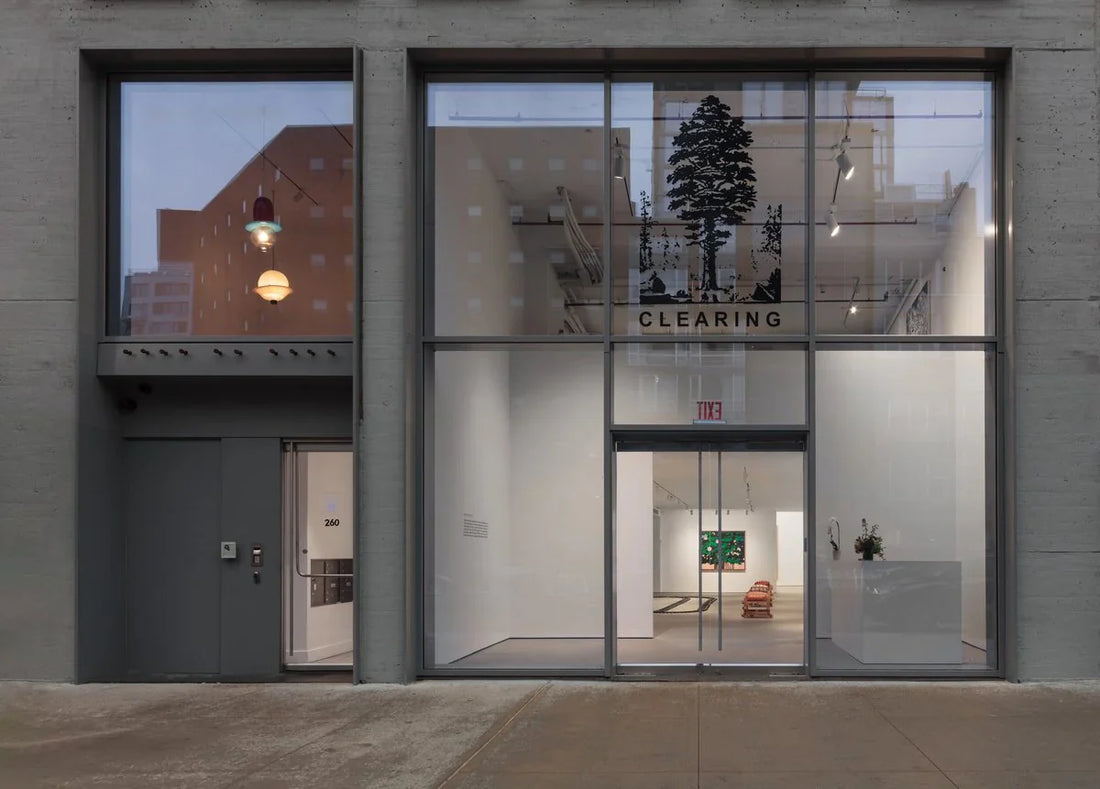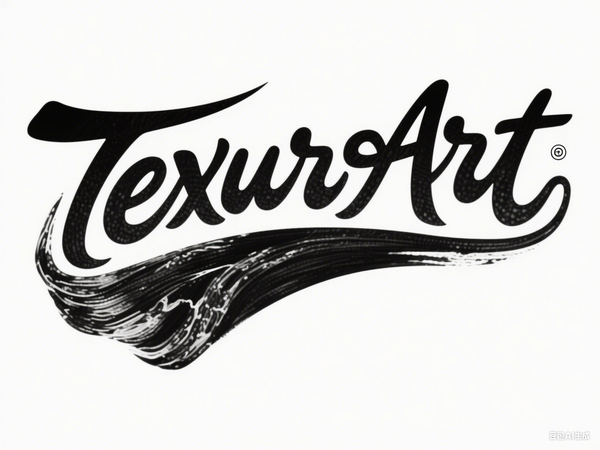
Farewell to Clearing Gallery: Reflecting on 14 Years of Innovation and Artistic Vision in New York’s Art Scene
Share
After more than a decade of shaping contemporary art discourse and nurturing emerging talent, the New York-based Clearing Gallery has closed its doors, ending a remarkable 14-year journey that began in 2011 in Brooklyn. Known for its unwavering commitment to artistic innovation and championing some of today’s most influential artists, Clearing’s closure marks the end of a significant chapter in the evolving landscape of American and international art.
The Genesis and Rise of Clearing Gallery
Founded by French artist-turned-gallerist Olivier Babin, Clearing started as a modest artist-run space in Bushwick, Brooklyn—a neighborhood then bursting with experimental and grassroots art scenes. Babin's vision was clear: to create a gallery that prioritized artistic integrity, fostering creative risks over commercial pressures. Early exhibitions showcased emerging talents who have since become prominent in the global art market, including Harold Ancart, Korakrit Arunanondchai, and Marguerite Humeau.
Clearing quickly distinguished itself with large-scale installations and compelling solo exhibitions, expanding its footprint from Brooklyn to Brussels and later to Los Angeles. The gallery’s Bowery location in Manhattan, opened in 2023, symbolized Clearing’s transition into a more mainstream, multi-location gallery. However, this move coincided with challenging market conditions and higher operating costs.

Challenges Leading to Closure
Founder Olivier Babin announced the gallery’s closure in August 2025, highlighting the relentless pressures of rising rents, shipping expenses, and a slowing art market. Babin acknowledged in his farewell statement that despite their dedication, “there was no viable path forward” to maintain the gallery’s high standards, forcing the difficult decision to cease operations.
The closure reflects broader economic challenges faced by galleries, especially those emphasizing primary-market contemporary art with narrow profit margins. The rapid expansion to multiple locations stretched Clearing’s resources thin, illustrated by the $75,000 monthly rent at the Manhattan Bowery space. Despite an impressive turnover, the gallery struggled to sustain financial viability amidst volatile market conditions.
Clearing’s Legacy and Artistic Impact
During its 14 years, Clearing served as an incubator for visionary artists and innovative programming. The gallery’s dedication to experimental and diverse artistic voices shaped the careers of artists such as:
-
Harold Ancart: A frequent collaborator who transitioned from emerging artist showcased by Clearing to sign with the renowned Gagosian Gallery.
-
Korakrit Arunanondchai: Known for multimedia and video art installations that push boundaries of culture and technology.
-
Marguerite Humeau: Celebrated for her sculptural and multimedia work exploring science and mythology.
Beyond artists, Clearing’s minimalistic website design and “seasonal” programming approach cultivated a community that valued thoughtful art curation over market spectacle.

Image Sources and Further Reading
-
For images and exhibition highlights from Clearing Gallery, see archives and photography such as those by JSP Art Photography at Frieze New York, showcasing installations during key art events.
-
Explore artist profiles and gallery histories at platforms like Artnet and ARTnews, which provide detailed commentary on gallery operations and market trends.
-
Discover more about Olivier Babin’s insights and Clearing’s journey in interviews hosted by Observer and related art news websites.
Frequently Asked Questions (FAQ)
Q: Why did Clearing Gallery close after 14 years?
A: Clearing closed primarily due to economic challenges including high rent costs, rising shipping fees, and a declining art market, which made sustaining operations at their standard impossible.
Q: Who founded Clearing Gallery?
A: French artist Olivier Babin founded Clearing Gallery, originally as an artist-run space focusing on nurturing emerging artists.
Q: Which artists became prominent through Clearing?
A: Artists such as Harold Ancart, Korakrit Arunanondchai, and Marguerite Humeau gained early career exposure at Clearing and have since become influential figures in contemporary art.
Q: How did Clearing Gallery impact the New York art scene?
A: Clearing contributed significantly to New York’s contemporary art through innovative exhibitions, supporting emerging talent, and maintaining high curatorial standards over its 14 years.
Q: What happened to Clearing’s locations?
A: The gallery closed its spaces in New York’s Bowery, Los Angeles, and its European branch in Brussels (the latter now independently operated by former Clearing staff).
